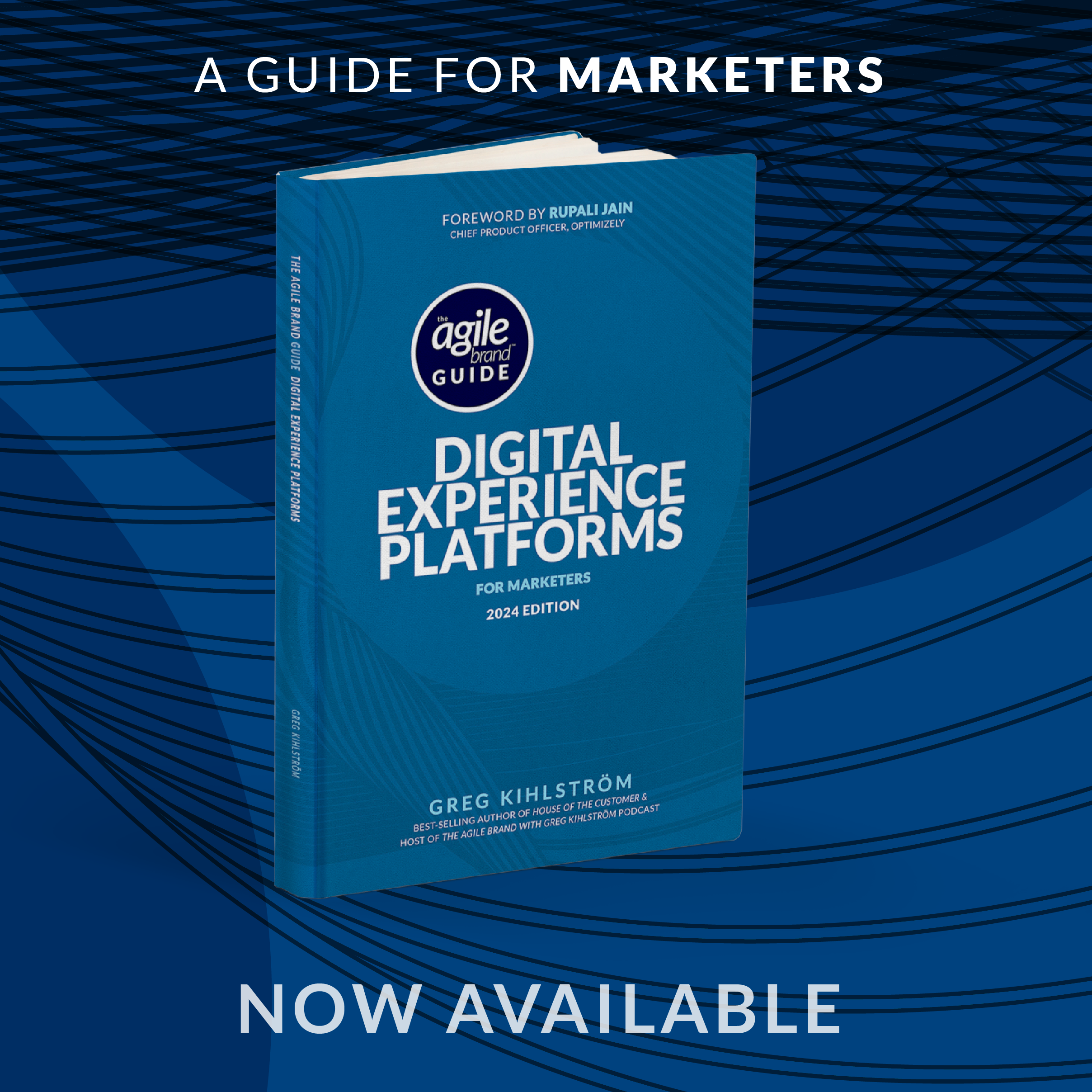This article was based on the interview with Steve Denton of Ware2Go by Greg Kihlström for The Agile Brand with Greg Kihlström podcast. Listen to the original episode here:
Competition in the e-commerce industry is a driving force behind brand innovation. Brands are constantly seeking ways to stay ahead and create unique experiences for their consumers. This competition has led to significant advancements in the industry, with brands continuously pushing the boundaries of what is possible.
One example of this is the evolution of delivery speed. A few years ago, one to two-day delivery was seen as a major competitive advantage. However, as time has passed, this has become the norm, and brands have had to find new ways to differentiate themselves. Consumers now value certainty and optionality in their shopping experience, and brands have responded by offering free shipping, in-store pickup, and the ability to schedule deliveries at a certain time. This shift in consumer preferences highlights the importance of brands constantly adapting and innovating to meet changing customer needs.
In addition to speed and convenience, brands are also expected to be environmentally conscious. The podcast mentions that being carbon neutral is now a way for brands to differentiate themselves. This reflects the growing awareness and concern for sustainability among consumers. Brands that prioritize sustainability and take steps to reduce their carbon footprint are more likely to attract and retain customers.
From a brand perspective, competition can be both challenging and beneficial. While competition is inevitable, brands have the opportunity to embrace it and create unfair competitive advantages. Smaller dropshippers and white label brands may struggle to compete with larger, more established brands. However, there is still a place for these smaller players in the market.
Successful brands are those that diversify their channel mix and adapt to consumer preferences to provide a better customer experience. They understand the importance of being channel agnostic and meeting consumers where they want to be met. By leveraging different channels and understanding which ones are best suited for their products, brands can effectively reach their target audience and drive sales.
To close the gaps between leaders and laggards in the online marketplace, smart brands prioritize flexible resiliency. This means being adaptable and prepared for unexpected challenges. They also reallocate their inventory to feed their most profitable sales channels, ensuring that they are maximizing their resources and driving revenue. Additionally, these brands connect their fulfillment data to their marketing data, allowing their agencies to better plan their marketing strategies and target specific channels and geographies.
While competition is fierce among brands and marketplaces, consumer loyalty seems to be on the decline. However, this may be more a result of increased optionality rather than a lack of loyalty. With the rise of online marketplaces and the abundance of choices available, consumers are more willing to try new brands and platforms. This was evident during the height of the COVID-19 pandemic, where a significant number of consumers reported buying from merchants they had never purchased from before.
In conclusion, competition among e-commerce marketplaces drives brand innovation. It compels brands to prioritize the customer journey, invest in innovation, differentiate themselves, and provide affordable options. While competition can have its drawbacks, customers ultimately benefit from the constant drive for improvement and the abundance of choices available to them. Brands that embrace competition and adapt to changing consumer preferences are more likely to succeed in the long run.









